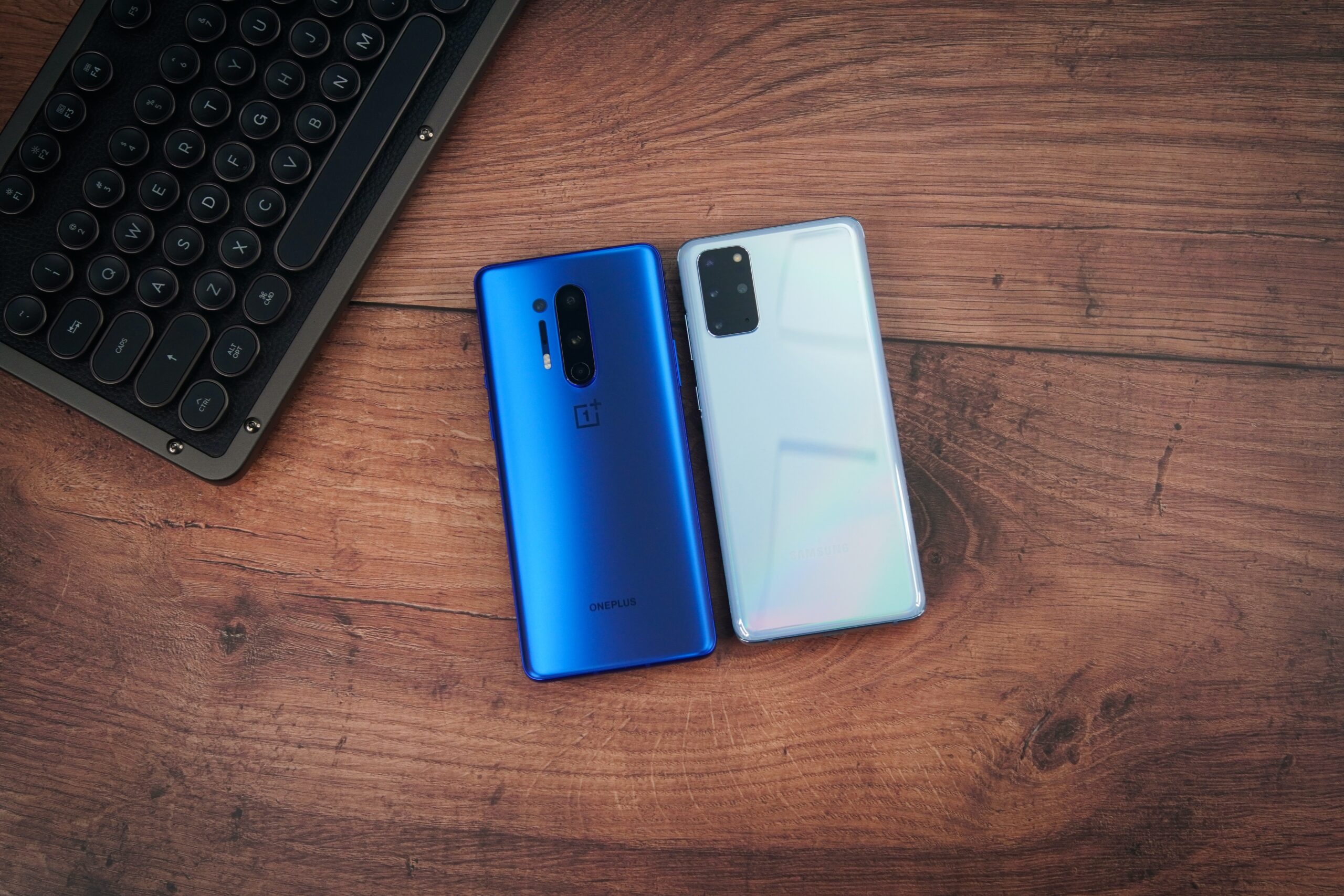Android phones have come a long way since their inception. From humble beginnings to today’s sophisticated smartphones, the evolution of Android devices has been nothing short of remarkable.
It all started in 2008 when the first Android phone, the HTC Dream, was released. This groundbreaking device introduced users to a whole new world of possibilities. With its touchscreen interface and access to the Android Market (now known as Google Play Store), the HTC Dream set the stage for what was to come.
Over the years, Android phones have undergone significant transformations. From hardware advancements to software updates, each new iteration brought exciting features and improved performance. Let’s take a closer look at the key milestones in the evolution of Android phones:
1. Android 2.0: Eclair
Released in 2009, Eclair introduced several notable features, including support for multiple accounts, an improved virtual keyboard, and a revamped browser. It also marked the introduction of Google Maps Navigation, turning Android phones into powerful navigation devices.
2. Android 4.0: Ice Cream Sandwich
Ice Cream Sandwich, released in 2011, brought a unified user interface, combining the best features of Android phone and tablet experiences. It introduced the iconic Roboto font, improved multitasking, and introduced facial recognition.
3. Android 5.0: Lollipop
Lollipop, released in 2014, introduced a visual overhaul with the introduction of Material Design. It also brought significant performance improvements, including enhanced battery life and faster app launches.
4. Android 6.0: Marshmallow
Marshmallow, released in 2015, focused on improving the overall user experience. It introduced features like Google Now on Tap, which provided contextual information within apps, and Doze mode, which helped conserve battery life.
5. Android 7.0: Nougat
Nougat, released in 2016, introduced several new features, including split-screen multitasking, enhanced notifications, and improved battery management. It also marked the debut of the Google Assistant, a powerful AI-powered virtual assistant.
The evolution of Android phones didn’t stop there. Subsequent releases introduced features like picture-in-picture mode, adaptive icons, and improved security measures. Android phones also became more powerful, with advancements in processors, camera technology, and storage capacity.
Today, Android phones have become an integral part of our lives. They serve as our communication devices, personal assistants, entertainment centers, and much more. With each new release, Android phones continue to push boundaries and redefine what’s possible.


